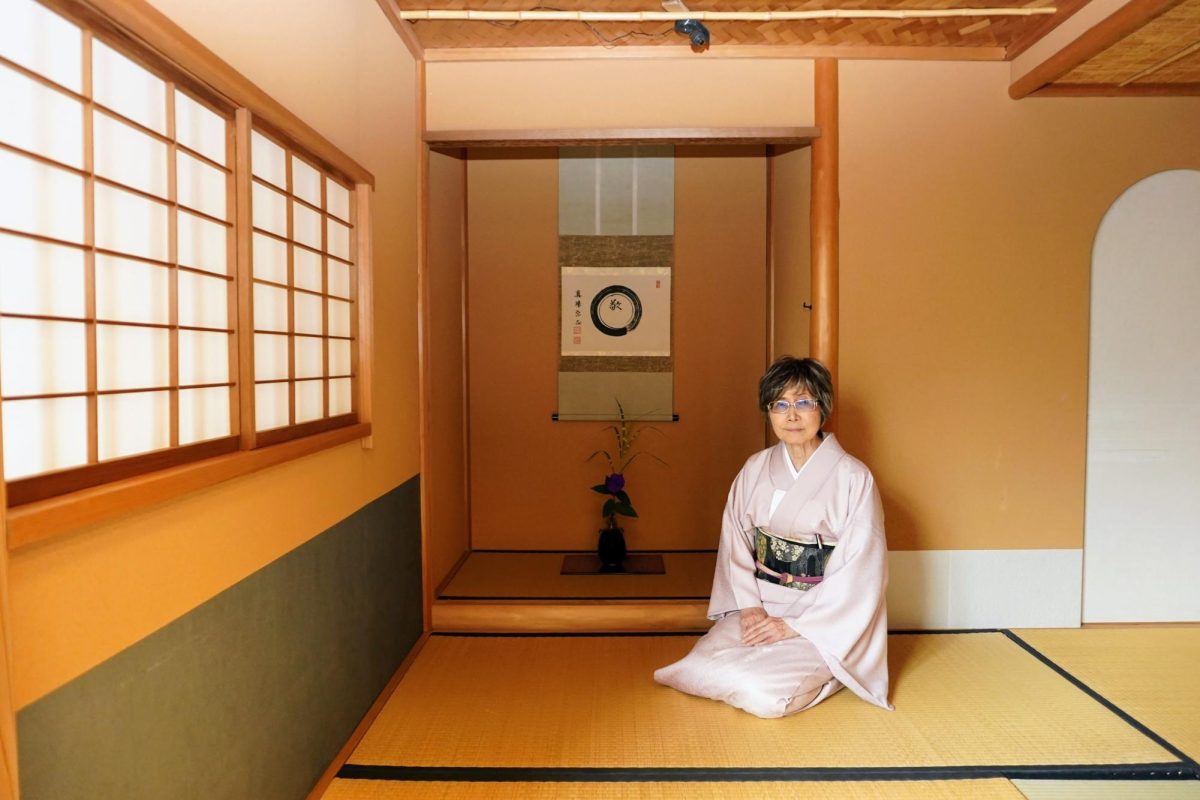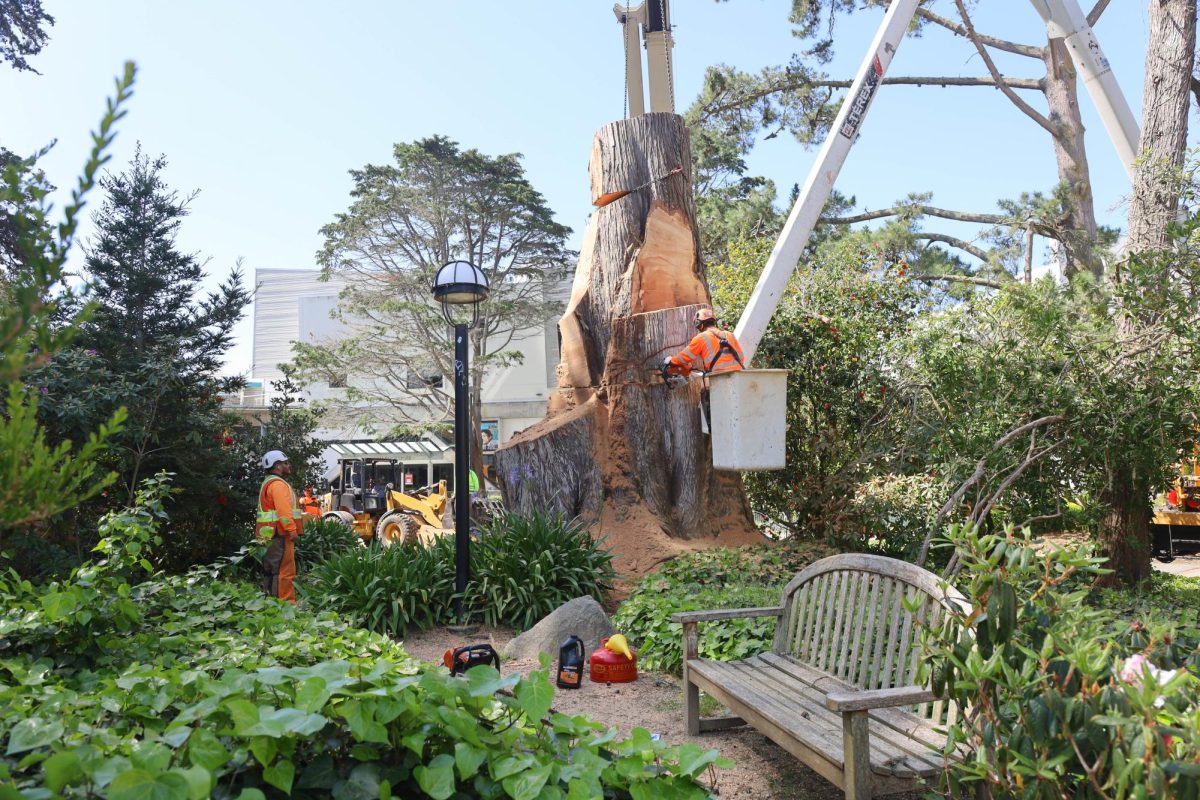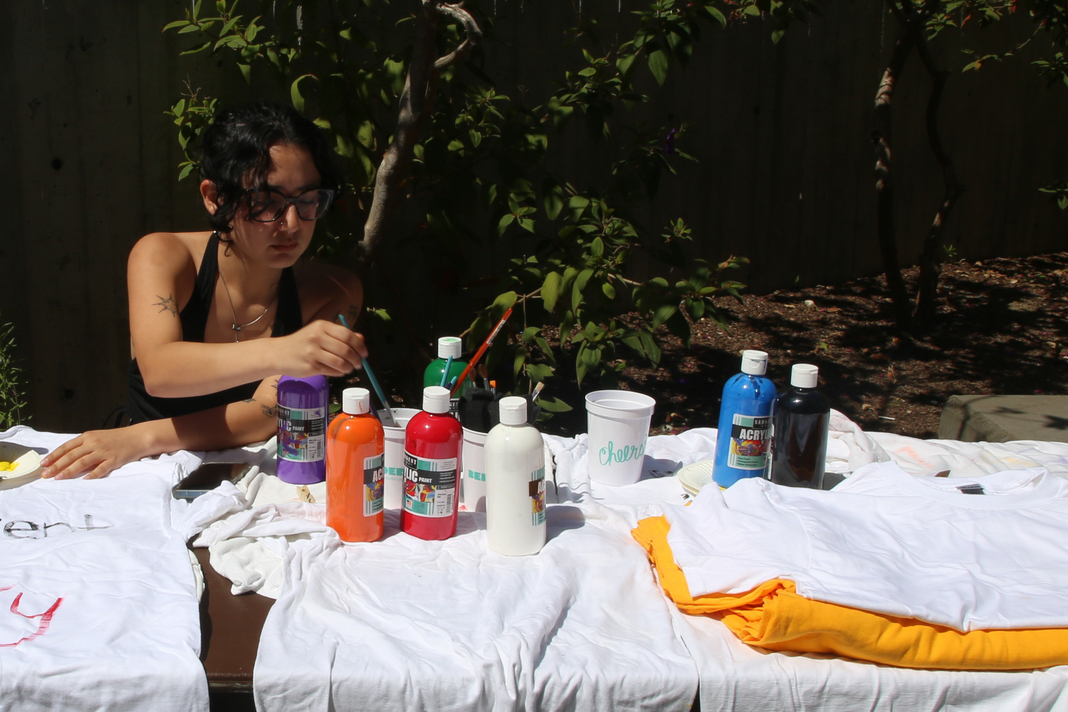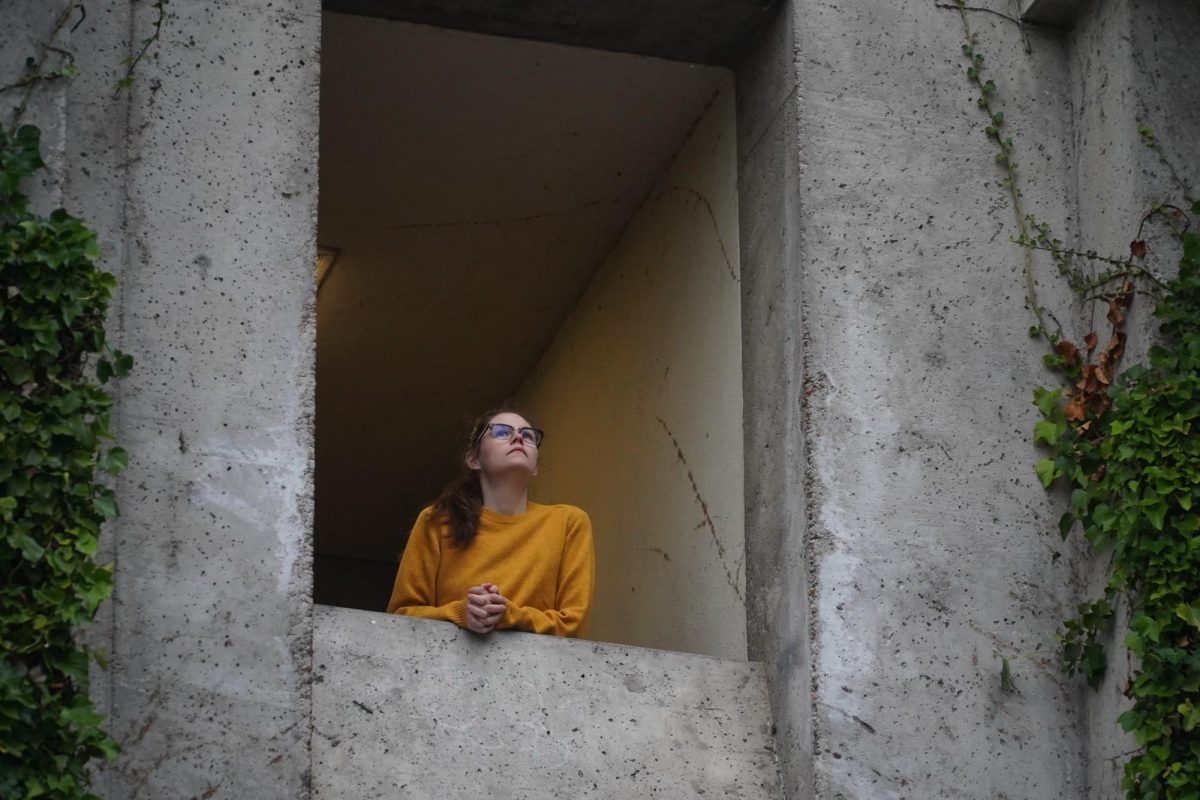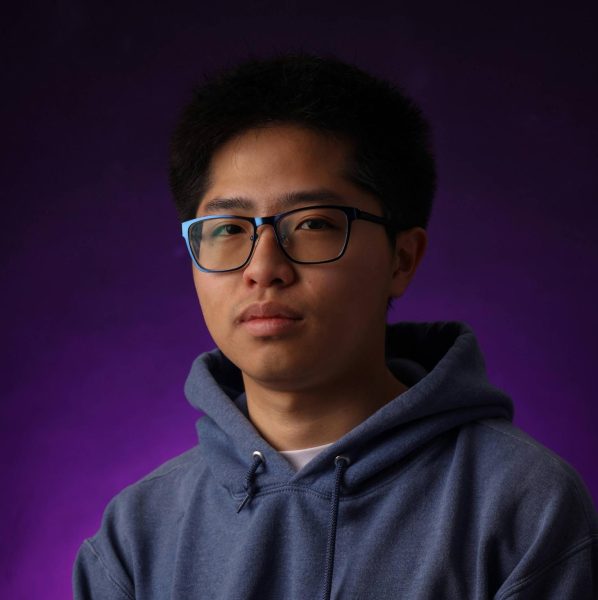A bamboo and wooden structure sits in a quiet corner of the Humanities Building, surrounded by gray and white rocks that have been there since the 1990s. In Room 117, the Toshiko Mishima Memorial Tea Room is a space where education meets traditional Japanese tea culture. This is now at stake as the room’s sole steward prepares to retire fully.
Due to other Japanese professors leaving, Midori McKeon is now the only person at San Francisco State University certified to perform a traditional Japanese tea ceremony and to teach about the topic in JAPN 401. She is now in her first year of the Faculty Early Retirement Program (FERP), which allows her to teach for four more years. When she leaves SFSU, classes in traditional Japanese tea culture may leave with her.
“Our priority will be to continue offering valuable and immersive learning experiences for our students,” said Masahiko Minami, the Japanese program coordinator. “While Professor McKeon’s retirement is still a few years away, we have not yet made decisions regarding her successor for JAPN 401.”
The JAPN 401 course is supposed to vary by semester and change in topic, but that hasn’t been the case since it was last offered in Fall 2022 by former Japanese program coordinator Makiko Asano, according to SFSU’s class schedule website.
“The teacher who used to teach many variants of the Japanese culture course has retired and left for Japan and I’m the only person who is teaching the culture course and I only teach the tea ceremony course,” said McKeon, who practices the Omotesenke school of tea ceremony. “Professor Minami mentioned that beyond my FERP years, I might be invited to teach Japanese 401.”
McKeon’s retirement follows a trend of the Japanese program shrinking.
According to data from Institutional Research, the last time a student was enrolled in a Japanese master’s degree program was in 2018. The number of undergraduate students majoring in Japanese has dropped steadily too — from 80 in Fall 2014 to 32 in Spring 2024. Additionally, the number of course sections offered this semester is 10, compared to 22 in Fall 2014.
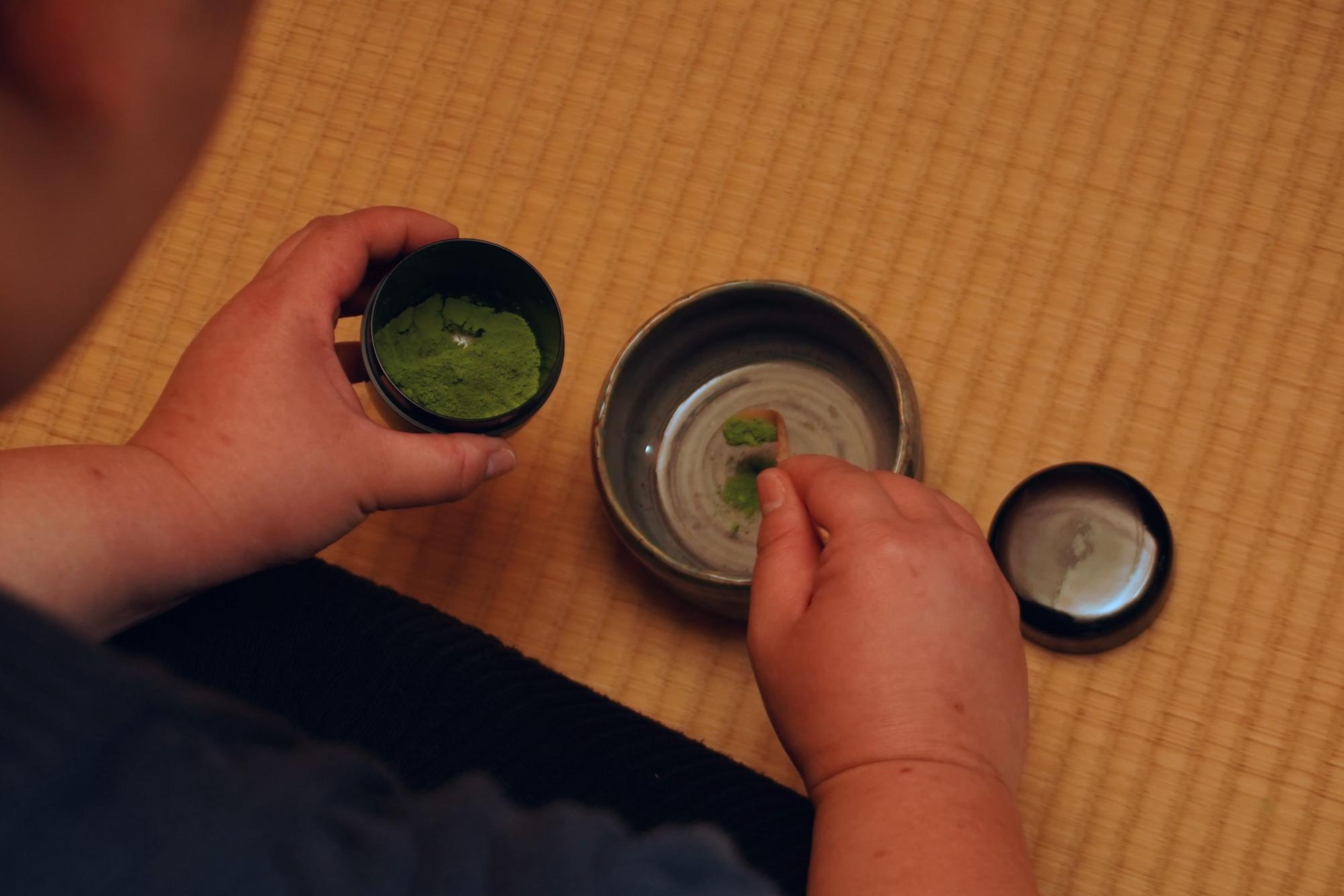
“I know that the Japanese program is going through a little rough time and I’m hoping that there are enough students in SF State that have an interest in Japanese culture to look more into the Japanese program because this program kind of made me who I am today,” said Brittany Wong, an SFSU alumna.
Wong graduated in 2016 after double majoring in international business and Japanese. After she studied abroad in Japan in 2014, she asked McKeon to be her tea teacher. She visits the room on Fridays to practice her Japanese tea ceremony skills.
“I always look forward to practice because we are practicing in this room,” Wong said. “It’s almost like a secluded area where you could just focus on the tea and kind of ignore everything around you. It’s almost like a safe haven in a way.”
Originating from Buddhism, Japanese tea ceremonies can be traced back to the year 815. A tea ceremony is a ritual that embodies mindfulness — each action, from scooping the tea powder to serving it to a guest, is performed deliberately and precisely. They can last for hours but shortened versions are usually performed for non-Japanese guests.
A tea room itself symbolizes a connection to nature, with an assortment of local materials used and a deliberate, asymmetrical design, according to McKeon.
The tea room, or chashitsu, has some traditional features; four ceiling designs and at least six kinds of wood represent a tea ceremony host’s humility and respect for guests. But the room’s nontraditional features are why SFSU has it.
According to McKeon, 安達産業 (Adachi Industry) was a Japanese company that made a movable tea room. In 1992, a company representative came to San Francisco with a prototype to try to sell it, but no tea teachers purchased it because it’s not traditional — it’s much smaller and more ornate than a standard room and has a built-in prep area.
The representative decided to donate it to an institution and SFSU’s Japanese program, led by Toshiko Mishima at the time, accepted it. At the time of its donation, it was valued at $100,000.
When the Humanities Building was completed, Nancy McDermid, the dean of the College of Humanities at the time, set aside Room 117 just for the tea room.
A standard tea room fits eight to 10 tatami mats — this tea room is sized for three. The room is meant for two guests and a host, but as many as twelve guests have been squeezed in, shoulder to shoulder, during SFSU’s International Education Week events that happened before the pandemic.
The company doesn’t exist anymore and as far as McKeon knows, no other tea rooms like it exist elsewhere.
Randy Custodio, Wong’s friend from San Diego, recently experienced a practice ceremony hosted by her in the tea room.
“I’ve been to Japan but I haven’t had a chance to really experience much of the traditional kind of cultural experiences that we had there,” said Custodio. “It was nice to see how they did it formally and to be able to taste kind of the traditional matcha.”
Wong still feels like she has a long way to go before mastering how to perform a tea ceremony, even after a decade of practice. She also hopes that the Japanese program will continue in the future.
McKeon says that after retirement, she plans to seek permission from the office of the Dean of Liberal and Creative Arts to visit the room occasionally, to clean it and host events.





